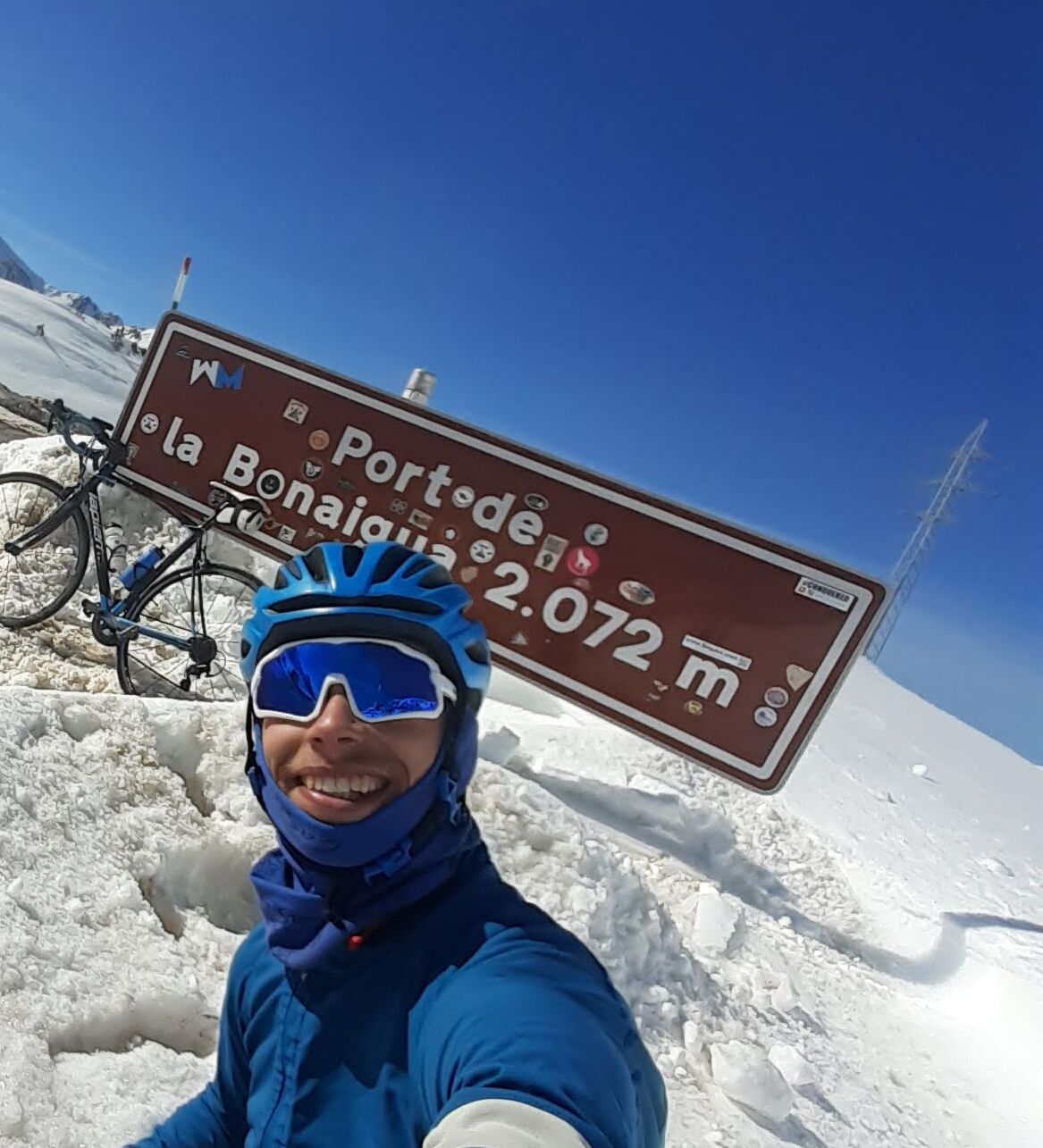The land of legends: Riding on Tadej Pogačar's home roads
Is there something magical about the roads of Slovenia that Pogačar grew up riding? It turns out, there is......

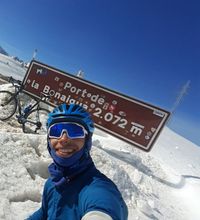
October is travel month at Cycling Weekly, and in the second of four issues we've gone in search of new places to ride. From the roads on which Tadej Pogačar grew up to a luxurious escape in Cyprus via some barely rideable roads in Albania, here are the places you might soon be visiting on two wheels.
“The great thing about cycling in Slovenia is that in less than one week you see a bit of everything,” says my guide Kristijan Koren as we descend the spectacular Vršič Pass and cross the first of many stone bridges over the impossibly emerald blue Soča River.
“You start with the high mountains of the Julian Alps, pass alpine lakes, go up and over rolling green hills, come in and out of forests, pass vineyards, and finish on flat roads by the coast.”
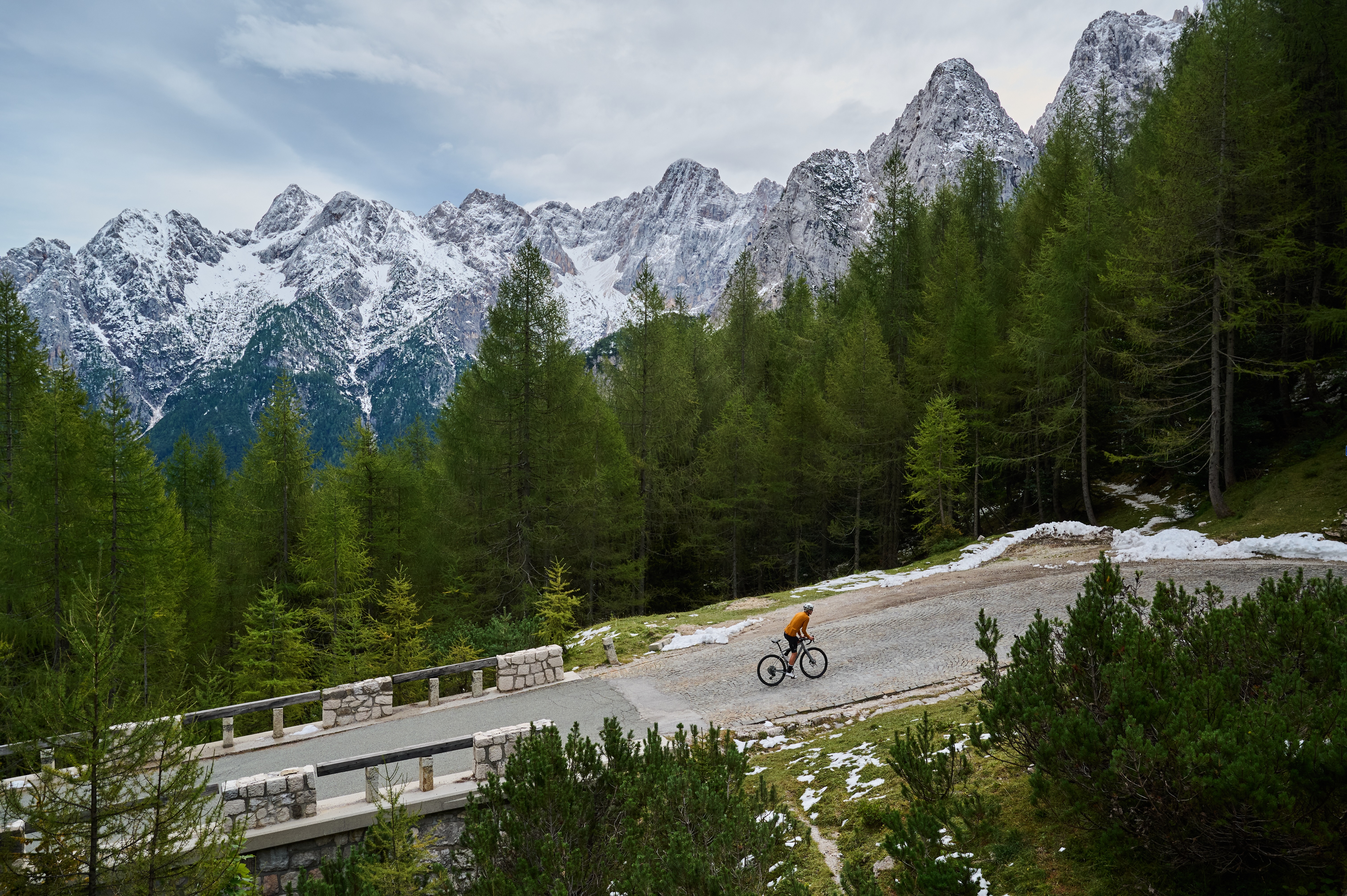
This tiny country sandwiched between northern, southern, western and eastern Europe, the first to declare independence from Yugoslavia in late 1990, has become synonymous with cycling royalty in the past few years, with Tadej Pogačar and Primož Roglič winning nine of the last 16 Grand Tours between them.
The country has one WorldTour rider (including male and female riders) for every 290,000 inhabitants – compared to one per 1.3 million people in Britain.
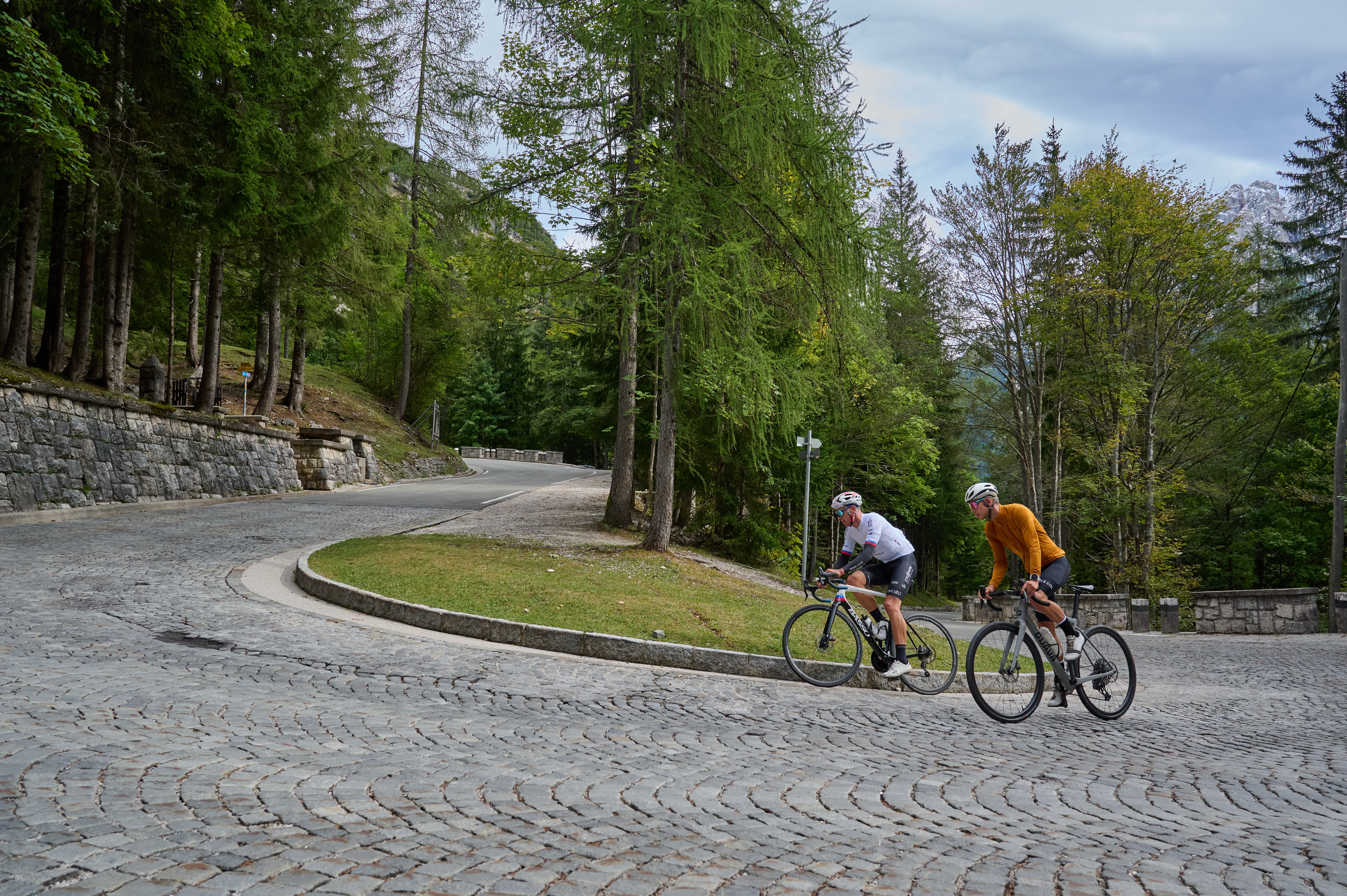
Cycling Weekly Epic New Ride Destinations podcast
There was one place I had to visit: the Vršič Pass, an 11.2km climb that boasts both of a cycling fan’s favourite things, cobbles and mountain climbing. We begin from Kranjska Gora, a picturesque winter ski town with a summer lake that reflects the surrounding mountains so perfectly the scene looks AI-generated.

Though its summit is comparatively low, at 1,611m, it has the hallmarks of higher European mountain passes I’ve been to elsewhere: sharp Dolomite rocks jutting from all angles with melting snow clinging hopelessly to shadowed gullies; fellow cyclists challenging themselves up the 15% gradients; and stories of myths and legends that are recounted to each new generation.
The latest race content, interviews, features, reviews and expert buying guides, direct to your inbox!
Here, as I approach the top, the Heathen Maiden comes into view, a rock formation on the opposite Mount Prisojnik that resembles a human face. Her face, it is said, was turned to stone after she foretold the death of a mythical Alpine ibex with magical powers. I hate to think what would happen to someone who foretold the fall from supremacy of Tadej Pogačar, should it ever happen.
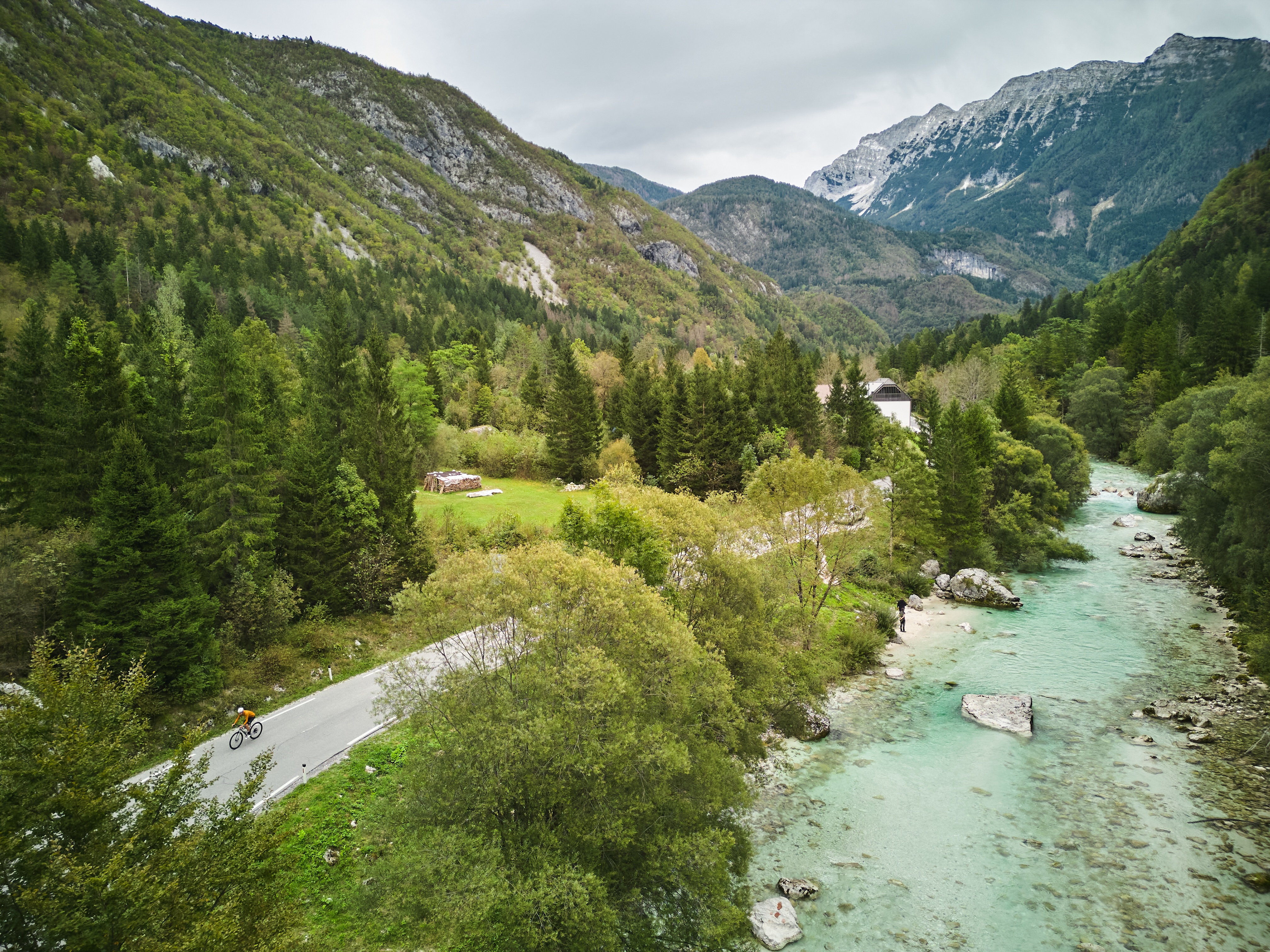
The country may be younger than Primoz Roglič (note: the Slovenians I speak to say that Roglič is favoured over Pogačar because of his comic transition from ski jumper to world-class cyclist), but in just over 30 years it’s developed an identity that separates it from anywhere else on the continent. Sitting at the heart of central Europe, at the beginning (or end) of the Alps and to the north of the Adriatic Sea where it merges with the Mediterranean, Slovenia embodies a fusion of cultures and gastronomy, a true melting pot.
At each of our cafe and lunch spots, there’s always one constant item on the menu: potica, a rolled-up and leavened dough that counts 80 variations depending on where you are. It’s incredibly moreish, and the same can also be said of the krof z borovničevo marmelado – a big fat, chunky donut oozing with blueberry jam. I ask Koren what western Slovenians typically eat, and he says that pasta or gnocchi is served up at least 10 times a week, the Italian influence weighing strongly. He adds that, if I were to ask someone from the east, which borders Austria, Hungary and Croatia, they would lean more towards dumplings and hearty meat stews.

There are just over two million people in Slovenia, and the ones I meet possess the warmth and friendliness of their southern Mediterranean neighbours. They take pride in their country, even the fact its shape resembles a pecking chicken. They’re humorous and adventurous, but they also display a stoicism and reserve not dissimilar to people I’ve met in their eastern counterparts.
It's one of the wealthiest and most prosperous central and eastern European countries, with GDP per capita of €27,100 – about €10k per head more than in Croatia or Hungary.
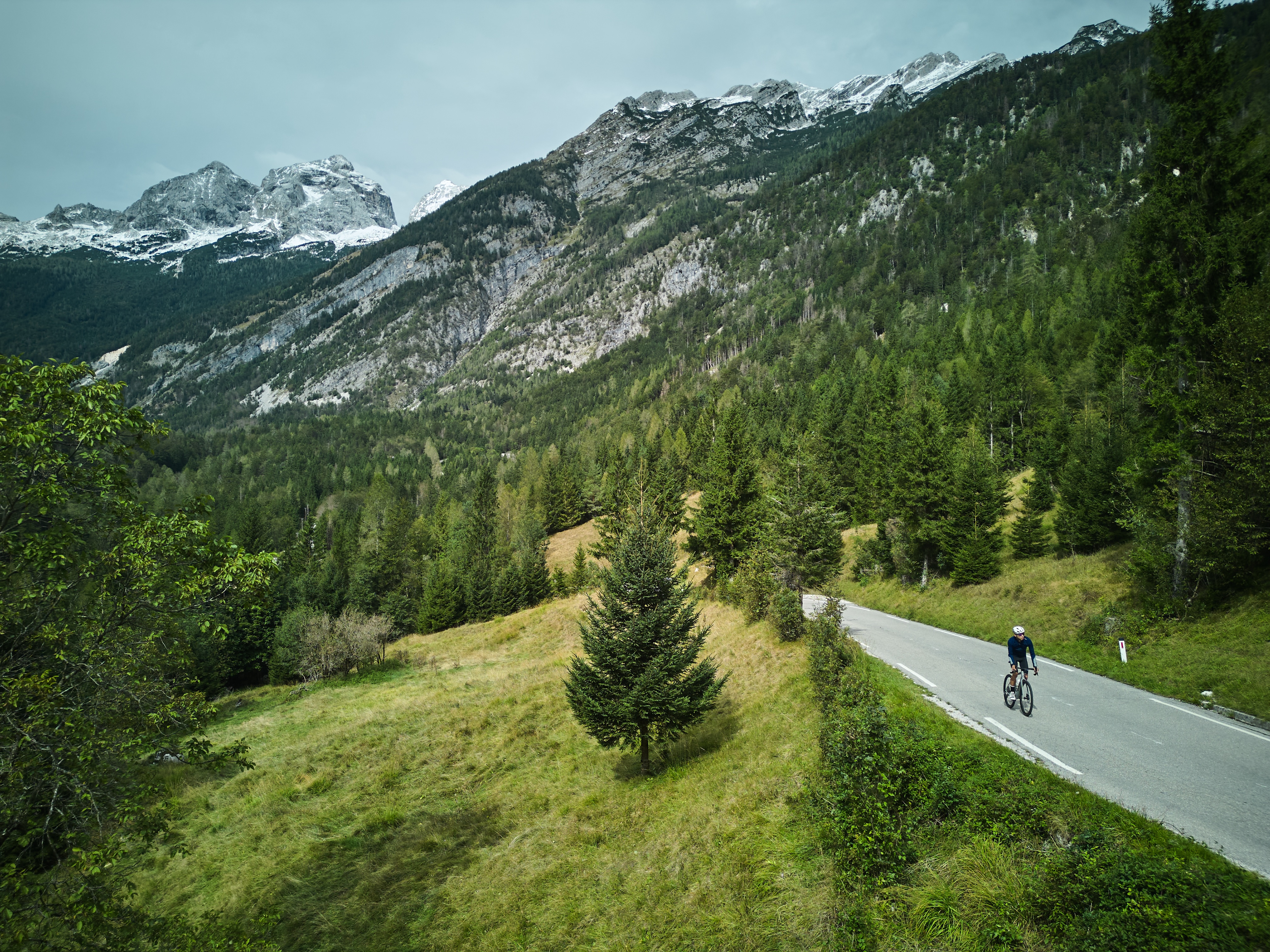
At just 33 years old, Slovenia is a baby nation at the heart of so much change in the post-Soviet Europe that it helped instigate, but a young country that has developed its uniqueness and personality at breakneck speed. Cycling through this green, undulating and rocky land is a journey over mountains, hills and vineyards, through a patchwork of pretty farms, hamlets and villages, and where the road frequently rises sharply, always delivering a majestic view.
The exact ingredients of the magic potion that created great Slovenian riders like Pogačar and Roglič may still elude us, but after spending some more time riding my bike around one of Europe’s smallest countries – it accounts for just 0.2% of the total European landmass – I’m reminded that it’s a mythological, folkloric land that punches above its demographic or geographic size. If this nation is anything to go by, small really is better, and few bike trips are as varied and fulfilling as those spent in Slovenia.
This is an excerpt from the full feature printed in the October 10 issue of Cycling Weekly magazine.
Next week we're going exploring on our gravel bikes with adventurer Julian Sayarer, while gravel racer Joe Laverick tells us why he's never had so much fun. In our fourth and final issue, we'll be exploring the UK's coastline.
This article originally appeared in Cycling Weekly print magazine. Subscribe to Cycling Weekly magazine to get it delivered each week, or read it online on Apple News, Readly or Pocketmags.
A freelance sports journalist and podcaster, you'll mostly find Chris's byline attached to news scoops, profile interviews and long reads across a variety of different publications. He has been writing regularly for Cycling Weekly since 2013. In 2024 he released a seven-part podcast documentary, Ghost in the Machine, about motor doping in cycling.
Previously a ski, hiking and cycling guide in the Canadian Rockies and Spanish Pyrenees, he almost certainly holds the record for the most number of interviews conducted from snowy mountains. He lives in Valencia, Spain.
